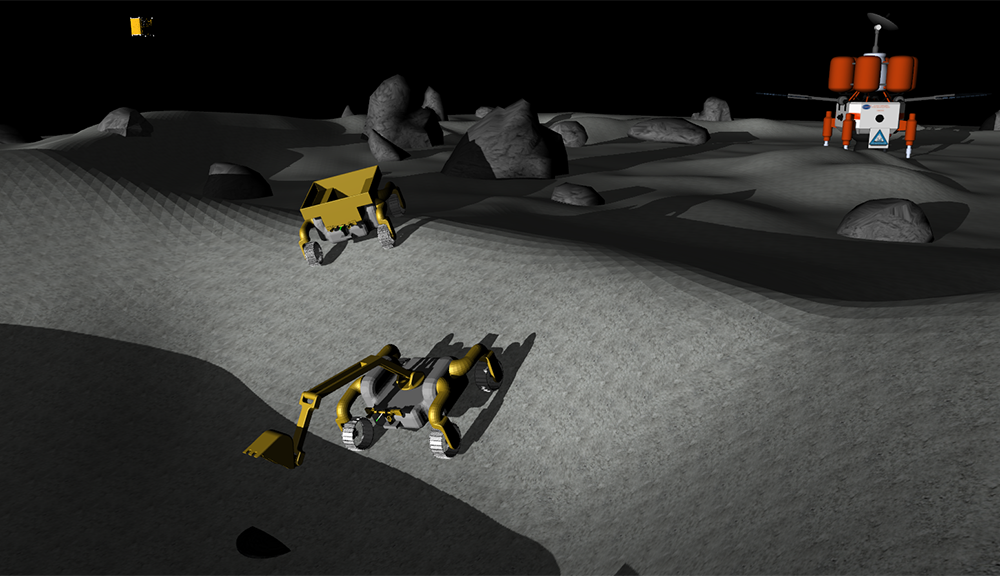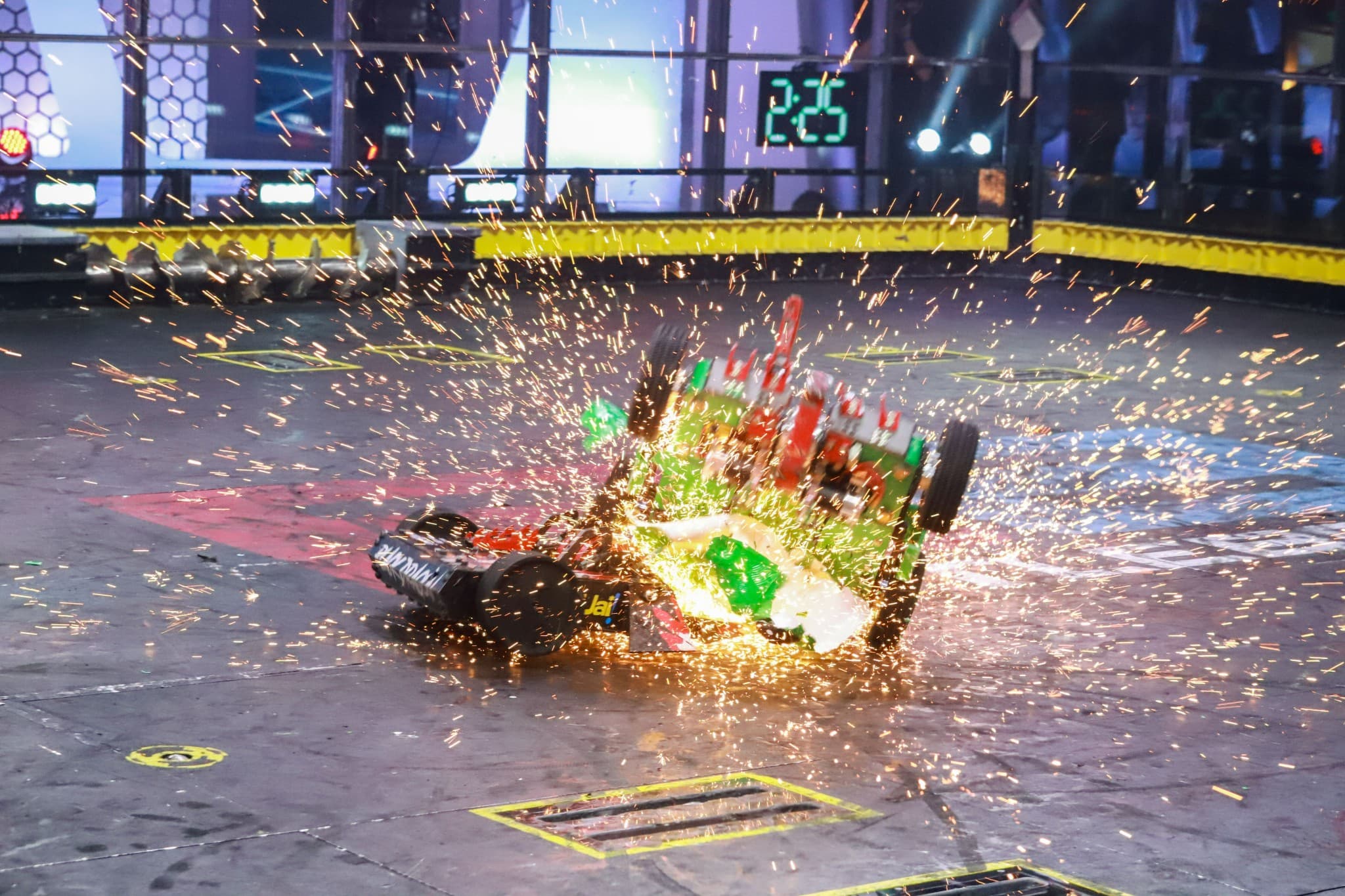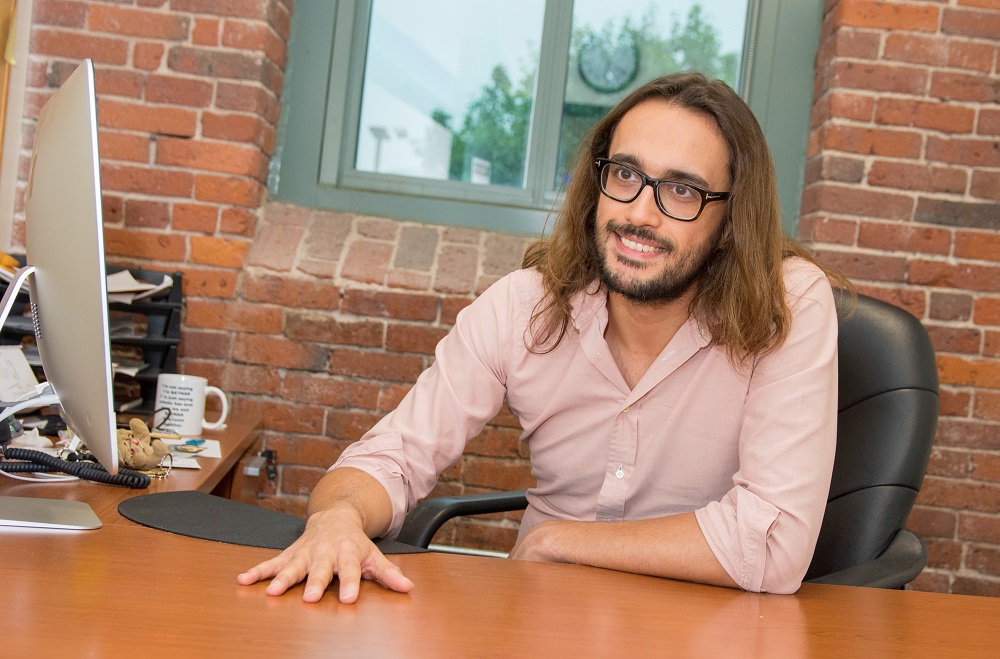Eleven teams of engineers from across the country will compete for a purse of $1.5 million on the campus of Worcester Polytechnic Institute (WPI) from June 14 to 17, 2012. The challenge: design and develop the next generation of robots to explore the landscapes of other worlds.
WPI is the first university selected as host and manager—officially designated as "Allied Organization"—for one of NASA's Centennial Challenges, a program of competitions the space agency created to engage U.S. scientists and engineers in the development of new technological solutions for America's space program. WPI is also the first Allied Organization located east of the Mississippi River.
"WPI has significant experience managing robotic competitions and brings extensive subject matter expertise to the partnership, making them a great choice to manage this Sample Return Robot Challenge," said Larry Cooper, program executive for NASA's Centennial Challenges Program at NASA Headquarters in Washington. "We look forward to WPI's overseeing the competition and bringing together innovative teams with creative problem-solving ideas."
The competing teams represent the breadth and depth of engineering expertise, including corporate, academic, and independent organizations. They come from as far as California and Washington, and as near as Massachusetts and Pennsylvania.
The NASA Sample Return Robot (SRR) Challenge program has three objectives:
• Discover innovative new technologies to advance robot navigation and sample collection without human control.
• Demonstrate robotic transportation over varied terrain without the aid of GPS or other Earth-based systems.
• Engage educators and people of all ages by introducing them to robotics, how and where robots work, and real-world applications that demonstrate how robots will be used the future.
To empower science, technology, and math educators and engage them in the high-tech world of robotics, NASA and WPI-led educator workshops will be held in May to train teachers to conduct project-based activities that can be used at home and in the classroom.
Technical Competition
NASA's Centennial Challenges were created to
• drive progress in aerospace technology of value to NASA's missions.
• encourage the participation of independent teams, individual inventors, student groups, and private companies of all sizes in aerospace research and development.
• find the most innovative solutions to technical challenges through competition and cooperation.
The SRR Challenge requires each of the 11 competing teams to design and build an autonomous robotic system that will locate and collect a set of specific sample types from a large area and then return the samples to the starting zone. The roving area will include a variety of terrain and hazards. A pre-cached sample and several other samples will be located in smaller sampling zones within the larger roving area. Teams will be given aerial, geological, and topographic maps with appropriate orbital resolution, including the location of the starting position and the pre-cached sample.
• To win a level-1 prize, a robot must autonomously navigate at all times and retrieve the pre-cached sample within the 15-minute time limit.
• To win a level-2 prize, a robot must autonomously navigate at all times and must retrieve the pre-cached sample and other samples distributed over the roving area within the two-hour time limit.
• A total prize purse of $1.5 million is available from the Centennial Challenges Program.
NASA prize competitions establish an important goal without having to choose one particular approach or the team that is most likely to succeed. NASA prize competitions also increase the number and diversity of individuals, organizations, and teams that are addressing a particular problem or challenge of national or international significance, while stimulating private sector investment that is many times greater than the cash value of the prize. Prizes also capture the public imagination and change people's perception of what is possible.
WPI to Host NASA Sample Return Robot Challenge
May 15, 2012



